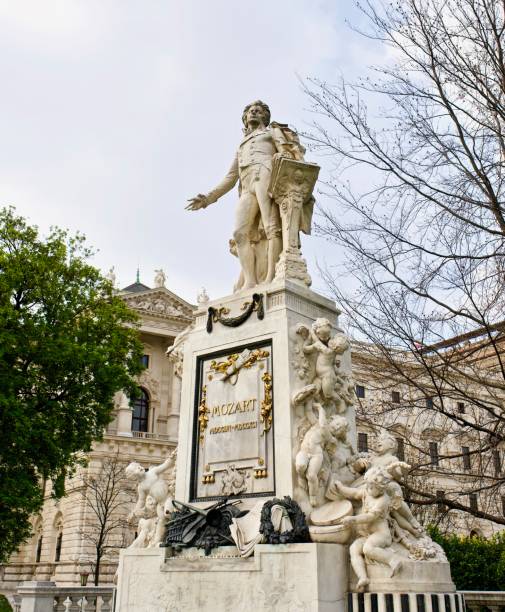By Daniel Sheridan
When observed solely as a piece of music, the Oboe Quartet displays all the pleasures one expects from a Mozart composition: the seemingly effortless melodicism, the ability to explore the instrument’s technical capabilities without sacrificing musicality, and the typically impeccable sense of proportion in terms of both individual phrases and overall form. But a contextualization of the piece within the course of Mozart’s career can shed some light on the ways in which we tend to historicize the work of a creative artist and place it within various larger frameworks.
In such books as The Order of Things and The Archaeology of Knowledge, noted late French historian Michel Foucault argues that knowledge is continually and deliberately arranged into systems of classification and hierarchy providing a defined order for knowledge and ideas. We see these strategies in action when observing how we approach history: as Foucault notes, historians often frame history as a continuous, linear process. Historical events are arranged, classified and hierarchized. This can be seen clearly in the historic classification of music, typically being ordered into defined “periods” (Baroque, Classical, Romantic, etc.), a process that also plays out in creating composer biographies (think of Beethoven’s “three periods”). Even approaches that emphasize moments of historical discontinuity and rupture are often simply an effort to recover a sense of order to history.
Foucault was skeptical of the mechanisms that sought to impose order, hierarchy and continuity upon such complex subjects. However, an exploration of these impulses using the work of Mozart might prompt a recognition of how we instinctively look for patterns in history and then categorize those patterns. Let us begin with his Oboe Quartet, which was composed in early 1781, a pivotal year for Mozart that can be viewed as a moment of discontinuity marking a turning point in his career.
The inspiration for the Oboe Quartet came from a meeting with Friedrich Ramm, a virtuoso oboist for the Munich court orchestra, where Mozart had been commissioned to compose the opera Idomeneo for that city’s 1781 carnival celebrations. Only a few months later Mozart made his way to Vienna, where he resided for much of the remaining 10 years of his life. There, in one of the musical capitals of Europe, Mozart would produce many of his most celebrated works.

In Mozart’s life and career, 1781 marks the transition between his early years in Salzburg and the “golden” Vienna years. In other words, 1781 is a point of discontinuity, which history uses to separate one era of Mozart’s career from the next. The Oboe Quartet is positioned within that rupture that goes on to define much of the rest of the composer’s creative life.
In Foucauldian terms, we have contextualized the quartet within a historical discontinuity in Mozart’s life; then folded that discontinuity into a framework that posits it as a launching point for his most celebrated creative period. In doing so, we see how a single composition within a single year could potentially act as a springboard towards an ordering of Mozart’s history, arranging his work into defined systems of classification, and establishing continuities within those systems so as to situate Mozart as a cohesive object of knowledge.
Even several decades after Foucault’s critique – it remains tempting to conceive histories of all types as linear progressions that can be precisely categorized and systematized. Discontinuities need not be “explained away” in the interest of historical progress. In recognizing how pervasive such notions of continuity, linearity and cohesive historical periods are, perhaps more complex thoughts about how history may be conceptualized may be provoked. What those complexities might be precisely will be left to the reader to grapple with should they so desire, but it is hoped that while considering the Oboe Quartet and its place in Mozart’s history that there is more than a mere “order of things” to the story of his life and music.